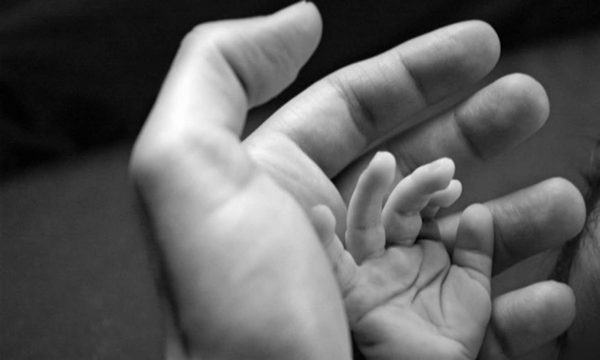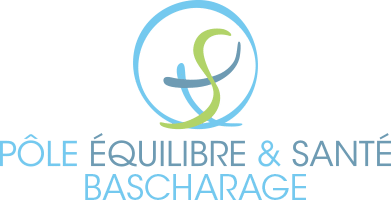Osteopathy for Infants

Every pregnancy, birth and growth is unique. All these stages will influence the infant’s development. Childbirth is one of the first traumas experienced by the newborn, as it marks the transition from a liquid, protective environment to one that is far less reassuring. In the womb, the child is in harmony with its mother. It reacts to external elements, mainly noise, but also to maternal stress. In the final weeks before delivery, the fetus has very little space, its head is in contact with the mother’s pelvis, and the first traumas can occur.
During childbirth, your baby is subjected to strong pressure, sometimes affecting the mobility of the bones in his skull and spine. They can cause immediate or delayed functional disruption. 8 out of 10 newborns have a cranial problem at birth, without there necessarily being any apparent signs. So, whether the birth is too short or too long, natural or induced, or assisted or unassisted, it influences the mobility of the skull bones that are not yet fused together (fontanelles). This can lead to pressures that manifest themselves as certain functional disorders in infancy or later in life.
“Birth can be the first trauma in a child’s life.”
This is why an early post-natal osteopathic check-up (within the first few days or weeks) is recommended. Indeed, the longer you wait, the less the skull will correct its asymmetries, and the longer and more difficult the osteopath’s work will be.
Here is a list of signs that may lead you to consult an osteopath for your baby:
- Head asymmetry: flat head or plagiocephaly, flat or rounded forehead, hump, half-closed eye, detached ear, oedema, use of forceps or suction pad…
- Regurgitation, vomiting…
- Difficult delivery: cord curl, breech, cesarean section, difficult passage, prematurity
- Digestive disorders: diarrhea, constipation, colic, wriggling, crying…
- Torticollis, difficulty turning the head to one side…
- Agitation, nervousness, sleep disorders, crying, anger, anxiety…
- Strabismus (convergent or divergent)
- Sucking problems
- Recurring ear infections or rhinitis
Osteopathic treatment does not in any way replace medical care by a pediatrician or other specialist. The techniques used on newborn babies are gentle and adapted.

